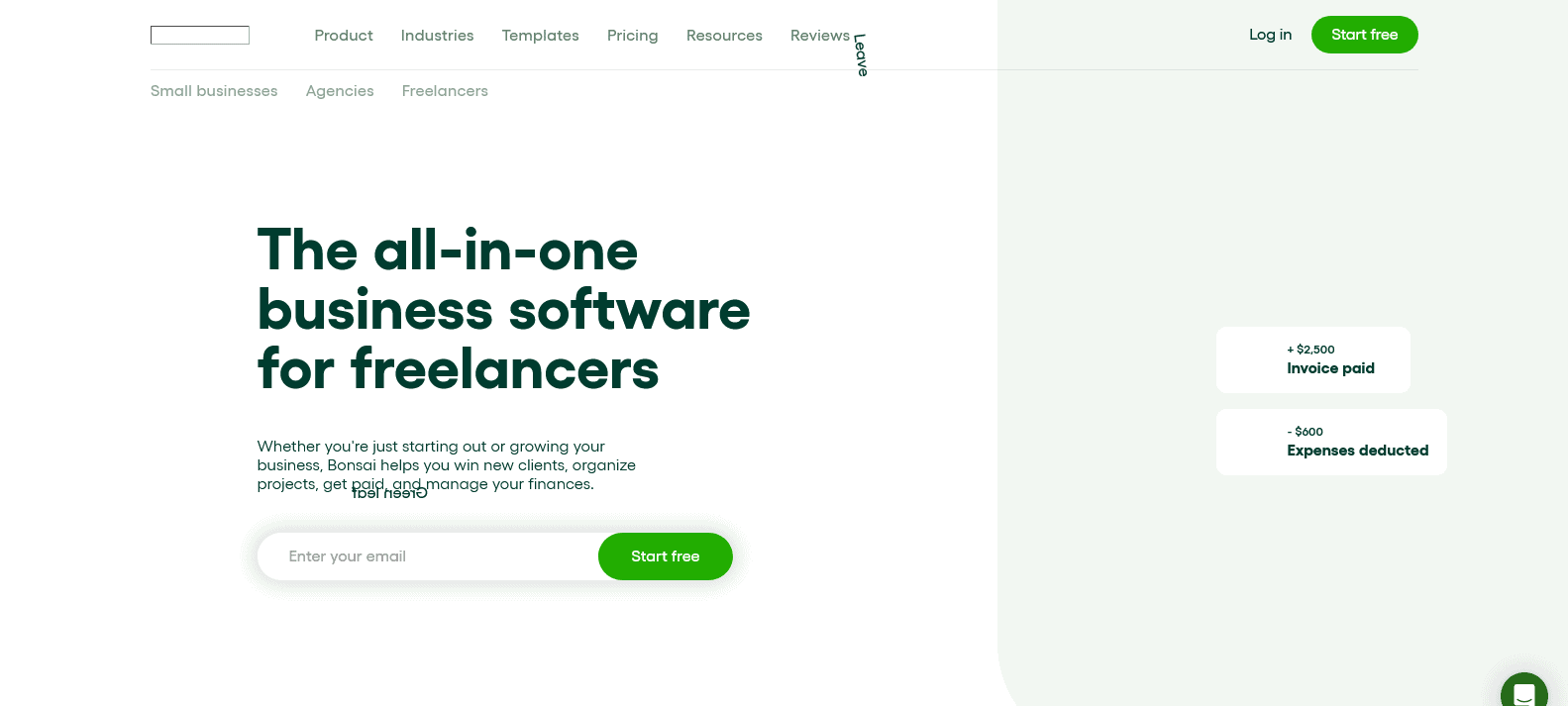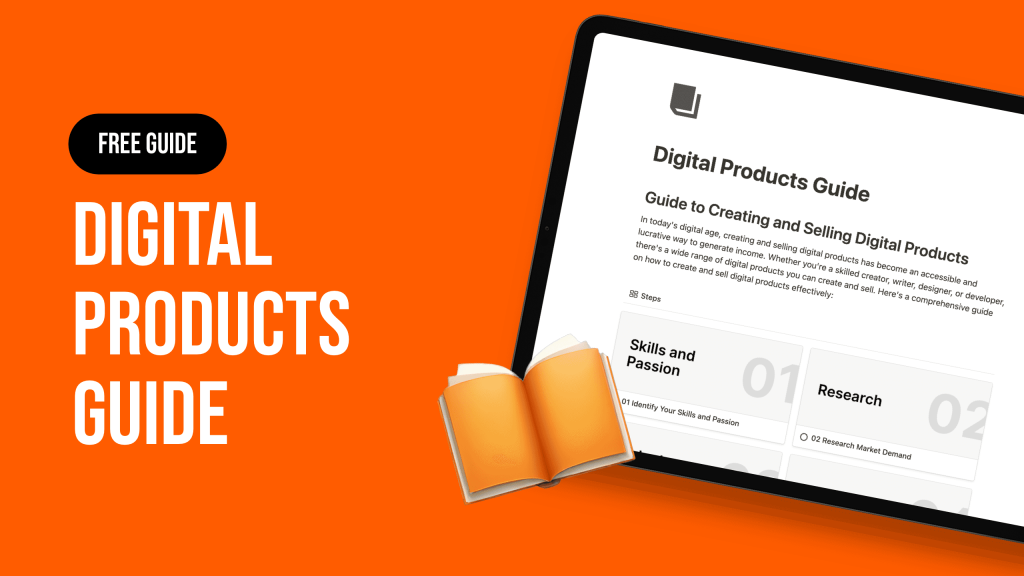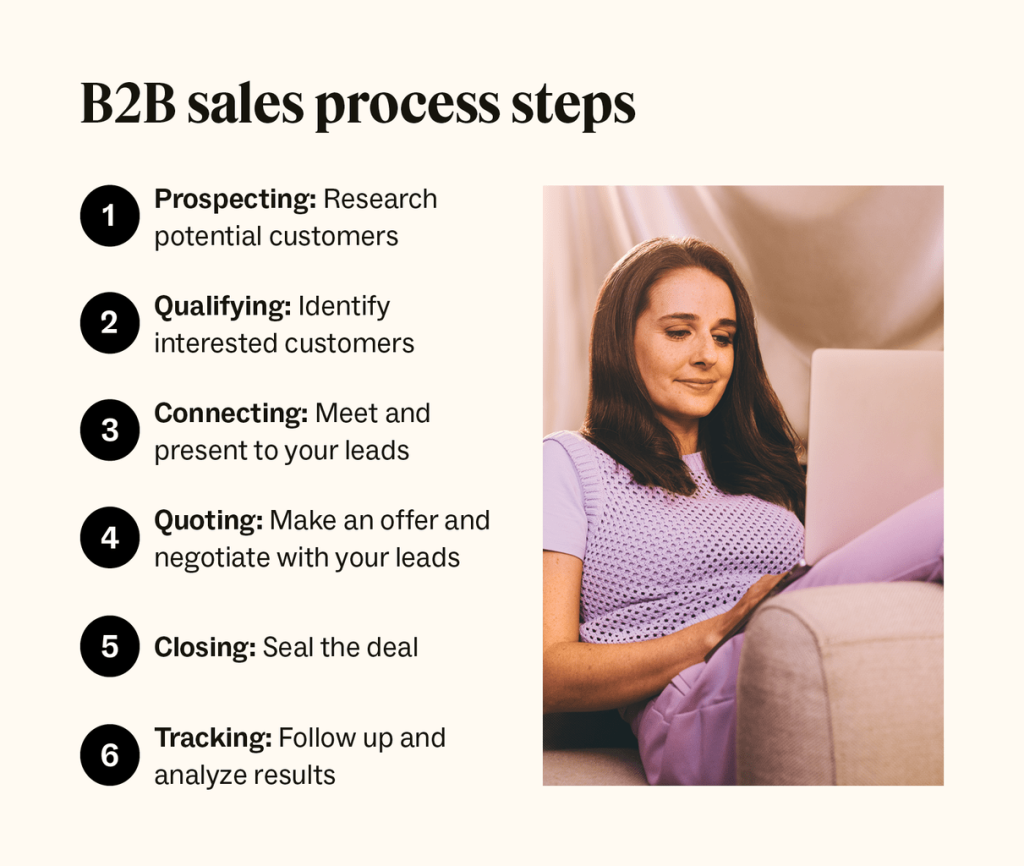Let’s be honest. As a solopreneur or freelancer, you wear all the hats. You’re the CEO, the marketing department, the product developer, and, crucially, the entire sales team. The constant context-switching between creating brilliant work and chasing down invoices or sending follow-up emails is a recipe for burnout. It’s like trying to cook a five-course meal while also answering the door, taking phone calls, and doing the dishes. Something, inevitably, gets burned.
That’s where sales automation comes in. And before you picture some complex, corporate robot army, let me stop you. For us, the army of one (or two), sales automation is simply about setting up simple systems that handle the repetitive, time-sucking tasks so you can focus on what you do best: the high-value work that actually brings in the money and builds your reputation.
Why Bother? The Solopreneur’s Reality Check
You might think automation is for bigger businesses. I get it. But here’s the deal: your time is your most finite asset. Every minute you spend manually typing the same “Thank you for your inquiry” email is a minute you’re not spending on a client project, refining your service, or, you know, taking a walk to avoid staring at a screen all day.
Think of it this way: sales automation isn’t about removing the human touch. It’s about strategically placing that human touch where it matters most. You automate the initial “got it, let’s talk” so you can be fully present and personal during the actual sales call. You systemize the proposal sending so you can pour your creativity into the proposal’s content itself.
The goal? To stop being a reactive admin machine and start being a proactive business owner.
Where to Start: The Low-Hanging Fruit of Automation
You don’t need a massive tech stack to begin. In fact, starting small is the smartest move. Focus on the tasks that are repetitive, predictable, and frankly, a bit soul-crushing. Here are the prime candidates for automation in a solo business:
Lead Capture and Initial Contact
When someone lands on your website and fills out a contact form, what happens? If the answer is “I eventually get an email notification and then I type a reply,” we have our first automation opportunity.
Set up an instant, automated response. This isn’t cold; it’s efficient. It confirms you got their message, sets a expectation for when you’ll reply personally, and maybe even delivers a promised resource (like a pricing guide or a link to your calendar). Tools like many form builders or simple CRM systems can do this effortlessly.
Follow-Up Sequences
This is a big one. Following up is where most deals are won or lost, but it’s also incredibly tedious. Did someone download a lead magnet but not book a call? Send them a few automated, helpful emails over a week or two that gently nurture them toward a conversation.
You can automate follow-ups after a discovery call, too. A “great to meet you” email with a recap and next steps can be sent automatically an hour after your call ends. It makes you look incredibly professional and on the ball.
Invoicing and Payment Reminders
Chasing money is the worst. Just, the worst. Automating your invoicing and payment reminders is a direct path to better cash flow and less stress. Use an invoicing tool that can:
- Automatically generate and send invoices upon project completion or on a recurring schedule.
- Send polite payment reminders when an invoice is overdue.
- Even apply late fees automatically (if that’s your policy).
This takes you out of the awkward “hey, you owe me money” loop and lets the system be the “bad cop.”
The Toolkit: Essential (and Affordable) Sales Automation Tools
Okay, so what do you actually use? The good news is that the market is flooded with tools designed for small operations. You don’t need a Salesforce budget. Here’s a quick look at some categories and popular options.
| Tool Category | What It Does | Examples |
| All-in-One CRM | Central hub for contacts, deals, and email automation. | HubSpot CRM (Free), Freshsales, Zoho CRM |
| Email Marketing & Automation | Sends automated email sequences and nurtures leads. | MailerLite, ConvertKit, ActiveCampaign |
| Booking & Scheduling | Lets clients book calls directly on your calendar, eliminating back-and-forth emails. | Calendly, Acuity Scheduling |
| Invoicing & Payments | Automates billing, payment collection, and reminders. | FreshBooks, Wave Apps, QuickBooks |
| Form Builders | Creates website forms that connect to your other tools. | Typeform, Gravity Forms, many CRM-native forms |
The key is to start with one. Maybe it’s a free Calendly account to handle scheduling. Once that feels seamless, layer in a free CRM to manage your contacts. Don’t try to boil the ocean on day one.
Avoiding the Pitfalls: Keeping It Human
Automation has a dark side if you’re not careful—it can make your business feel robotic. The trick is to use it as a scaffold, not the entire building. Here’s how to keep the personal connection alive:
- Personalize Your Templates: Use merge tags for the client’s first name, company, or a specific detail they mentioned. “Hi [First Name], I was just thinking about your goal to [Specific Goal]…” goes a long way.
- Know When to Step In: If an automated lead replies to your sequence, the automation should stop. You, the human, should take over immediately.
- Don’t Automate the “Magic”: The sales call, the custom proposal pitch, the strategic advice—this is your zone of genius. This is where you win the work. Never automate the core value you provide.
Your First Automation Workflow: A Simple Blueprint
Feeling overwhelmed? Let’s map out a dead-simple, incredibly effective workflow you can set up in an afternoon. Let’s call it the “Warm Lead Nurture” sequence.
1. The Trigger: Someone downloads your free “Guide to X” from your website.
2. The Immediate Action (Automated): They instantly get an email with the guide and a friendly “thanks for downloading!”
3. The Follow-Up (Automated, 2 days later): An email arrives: “Hope the guide was helpful! I’ve found that many people who read it are also curious about [related problem]. Here’s a short blog post I wrote on that.”
4. The Call-to-Action (Automated, 5 days later): A final email: “If you’re ready to explore how we can solve [their core problem] together, I have a few spots open for a complimentary 30-minute strategy session. You can book a time that works for you directly here: [Link to your Calendly].”
That’s it. This one simple, automated sequence does the nurturing for you, gently guiding a cold lead toward a warm conversation without you lifting a finger after the initial setup.
The Mindset Shift: From Hustler to Architect
Ultimately, embracing sales automation requires a subtle but powerful mindset shift. You stop thinking of yourself as just a freelancer who hustles and starts thinking of yourself as the architect of a system that works for you. You’re building a business, not just a job.
The real question isn’t whether you can afford the time to set up these systems. It’s whether you can afford not to. Because every minute you save on administrative tedium is a minute you can invest in the work that only you can do—the work that fuels your growth, your impact, and frankly, your sanity. And that, for any solopreneur, is the ultimate ROI.




